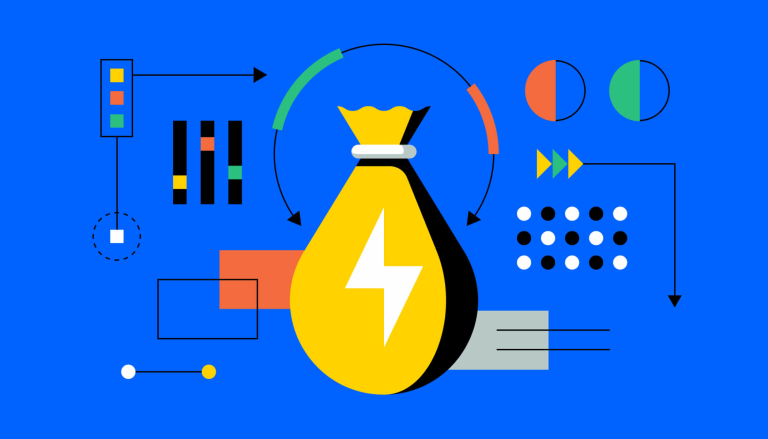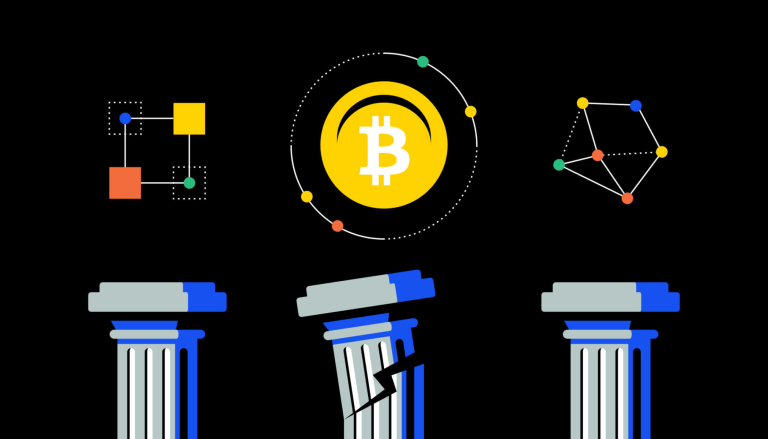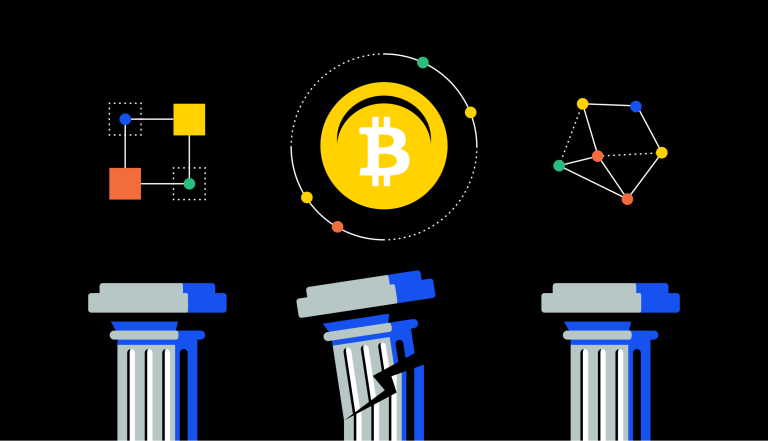Bitcoin ATMs: how to use them and how do they work?

Bitcoin ATMs, or BTMs, are physical kiosks that facilitate transactions of Bitcoin in exchange for traditional currency or debit.
BTMs connect to a Bitcoin wallet instead of a bank account, and transactions are processed on the blockchain.
While Bitcoin ATMs aim to provide convenience and accessibility, they also come with certain risks and limitations.
What is a Bitcoin ATM, or BTM?
A Bitcoin ATM (Automated Teller Machine) or BTM (Bitcoin Teller Machine) is a physical kiosk that facilitates transactions of Bitcoin, bypassing the traditional banking system. These machines have seen increased usage over the years, paralleling the rising value of cryptocurrencies and the increased level of trust in them.
Unlike regular ATMs, BTMs connect to a Bitcoin wallet instead of a bank account. Instead of a bank card, the Bitcoin wallet serves as a repository from which coins are sent or debited. Some Bitcoin ATMs look very similar to traditional ATMs because they are indeed traditional ATMs with software customized for Bitcoin.
A brief history of Bitcoin ATMs
The first ATM for cryptocurrency opened on October 29, 2013. It was a Robocoin machine located in Canada’s Waves Coffee Shop in Vancouver. Although it only operated until 2015 due to operating errors, it is widely recognized as the world’s pioneering Bitcoin ATM.
Bitcoin ATMs have since faced many challenges concerning regulations. A consensus was reached that Bitcoin ATMs also had to adhere to the same laws and regulations as traditional ATMs. This includes limits on the number of deposits and withdrawals that could be made by a person per transaction, per day.
How does a Bitcoin ATM work?
Bitcoin ATMs facilitate transactions of Bitcoin. They connect to a cryptocurrency exchange and convert deposited traditional currency into crypto. Transactions are processed on the blockchain, which is a digital ledger of financial transactions for cryptocurrency.
To use a Bitcoin ATM, you connect your digital wallet (typically via a quick response [QR] code), deposit traditional currency, and the machine transfers the equivalent amount of Bitcoin to your wallet.
Risks and limitations of Bitcoin ATMs
While Bitcoin ATMs aim to provide convenience and accessibility, they also come with certain risks and limitations. For instance, due to regulations in place, a lot of Bitcoin ATMs no longer provide the anonymity they once did. Users are required to verify their identity before transacting, especially for large amounts.
Moreover, Bitcoin ATMs may have higher transaction fees compared to other transaction methods. The fees vary depending on the specific machine and its operator.
The current state of Bitcoin ATMs
The global count of Bitcoin ATMs is estimated to be over 30,000, with a large majority located in the United States. North America holds the largest market share of Bitcoin ATMs globally at almost 90 percent. Most BTMs are found in cafes or specialty shops, as well as transport hubs like rail stations and airports.


